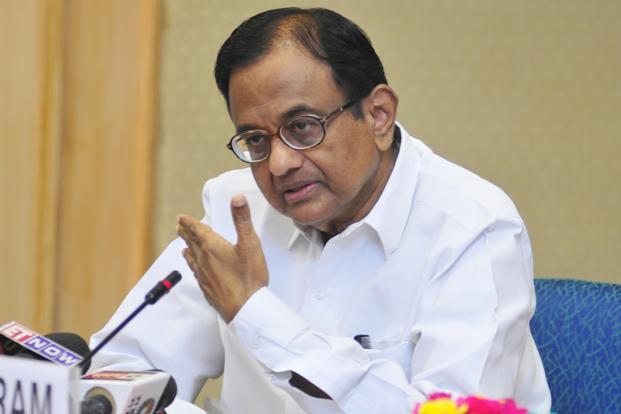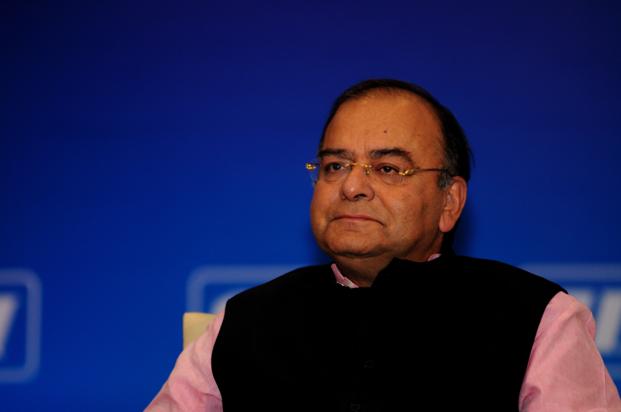Are the queues outside automated teller machines, or ATMs, in India’s six metros—Mumbai, New Delhi, Chennai, Kolkata, Bengaluru and Hyderabad—getting shorter? At these centres, the customers are now allowed to use ATMs of other banks where they do not keep a savings account for only three free transactions a month, including transactions to check the balance. Of course, they can have two more transactions in non-metros. Within an overall limit of five free transactions, the Reserve Bank of India (RBI) has capped metro transactions at three. However, these are the regulator-prescribed minimum free transactions; the banks can offer more. Similarly, RBI has also given freedom to banks to charge even their own customers for using ATMs. The banks need to have a policy, approved by their boards, to charge their customers for ATM usage.
I won’t be surprised if banks start charging their customers for ATM use. There is a cost attached to every transaction and right now, those who keep substantial money as deposits in a bank subsidize others who keep very little in their savings bank accounts. There are 166,894 ATMs in India (in June), roughly one-and-a-half times the number of branches. Seven years ago, there were only 27,000 ATMs. While the number of ATMs has grown a little over six times in the past seven years, that of point of sales terminals, during this time, has grown around three-and-a-half times—from 320,000 to 1.06 million. State Bank of India has the maximum number of ATMs—close to 45,000—followed by Axis Bank Ltd (13,000) and ICICI Bank Ltd and HDFC Bank Ltd (around 11,500 each). Among state-owned banks, Punjab National Bank has the maximum number of ATMs after State Bank (around 7,800).
Over the last few years, Indian banks have expanded their ATM network aggressively for two reasons: one, to discourage customers from visiting bank branches and thereby reduce cost; two, position ATM network as a revenue stream and earn money by offering them to the customers of other banks. Indeed, bank customers’ branch visits have come down drastically, particularly in metro and urban centres, but they visit ATMs far too often beyond a bank’s comfort. Apart from the cost of the machine, lease rental, security, air-conditioner, camera and handling of cash add to the cost of running an ATM, but a transaction cost here is cheaper than at a bank branch. If one visits a branch, the bank incurs costs around Rs.50-75; at an ATM, the cost is roughly one-third—Rs.17-Rs.25, depending on its location and footfalls. However, since a customer visits an ATM typically many times more than a branch, a bank ends up spending more.
Those banks that boast of a higher quantum of low-cost Casa, or current and savings accounts, will see the cost soaring unless they cap the free ATM transactions. Here is how: suppose a customer keeps a Rs.10,000 balance in a savings account. If his or her bank pays 4% on such accounts, the cost of the deposit is Rs.400 for a year. If the same customer makes on an average one trip to an ATM every week, she ends up making 52 transactions and the bank incurs a cost of Rs.1,040 (at an average cost per transaction Rs.20). So, the overall cost for the bank works out to Rs.1,440 or 14.4% and not 4%! Those customers who keep much higher balance in savings accounts subsidise this set and that’s how the banks manage to keep their average cost low. Globally, bank customers pay for every ATM transaction. It’s a question of time before the trend kicks in here.
Sebi on overdrive
In August, India’s capital markets regulator ordered PACL Ltd to refund at least Rs.29,420.65 crore raised from some 58.5 million customers through collective investment schemes (CIS), ending a case that had dragged on for the past 12 years. In 2002, for the first time, the Securities and Exchange Board of India (Sebi) came down on PACL, but the next year a Rajasthan high court judgement came to the company’s rescue. After a series of legal skirmishes, in September 2011, Sebi had moved the Supreme Court and in March 2013 it got the go-ahead—along with the income-tax department and the Central Bureau of Investigation—to scrutinize the company. Going by a 92-page Sebi order, PACL—which has mobilized at least Rs.49,100 crore—does not have enough land and plots to allot to the investors in a couple of its schemes.
The Sebi order was issued weeks after India’s Parliament approved a legislation giving the regulator power to crack down on all unregulated money collection schemes with a corpus of Rs.100 crore or more, conduct searches and seek information from suspects. A year ago, lakhs of small investors were duped by fraudulent investment schemes in a Rs.2,000 crore scam in West Bengal involving the Saradha Group, a deposit-taking firm. I understand that since the new legislation came into force, Sebi has seized property worth at least Rs.250 crore of suspect firms in past two months.
Along with an empowered Sebi, two other platforms will help protect the depositors—a state deposit protection Act and the State Level Coordination Committee (SLCC). About 25 states have passed the deposit protection Act which authorises a district magistrate to take action against erring companies. The SLCC, chaired by the chief secretary of a state, has representatives of RBI, Sebi, state police, enforcement department and registrar of companies on it and it meets once in three months. In West Bengal alone, Sebi had filed at least 44 cases against companies raising money from the public, but has not been able to do much for lack of teeth. The scenario will change now, for the better.



